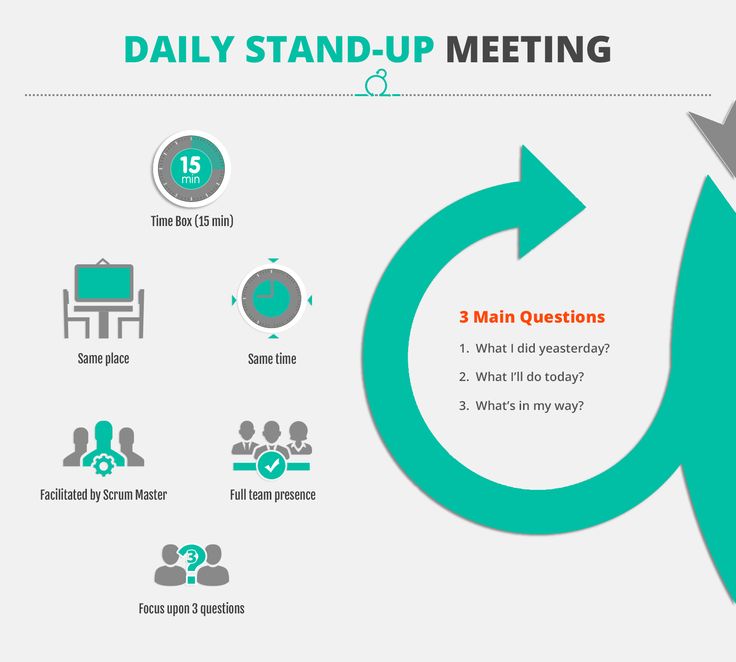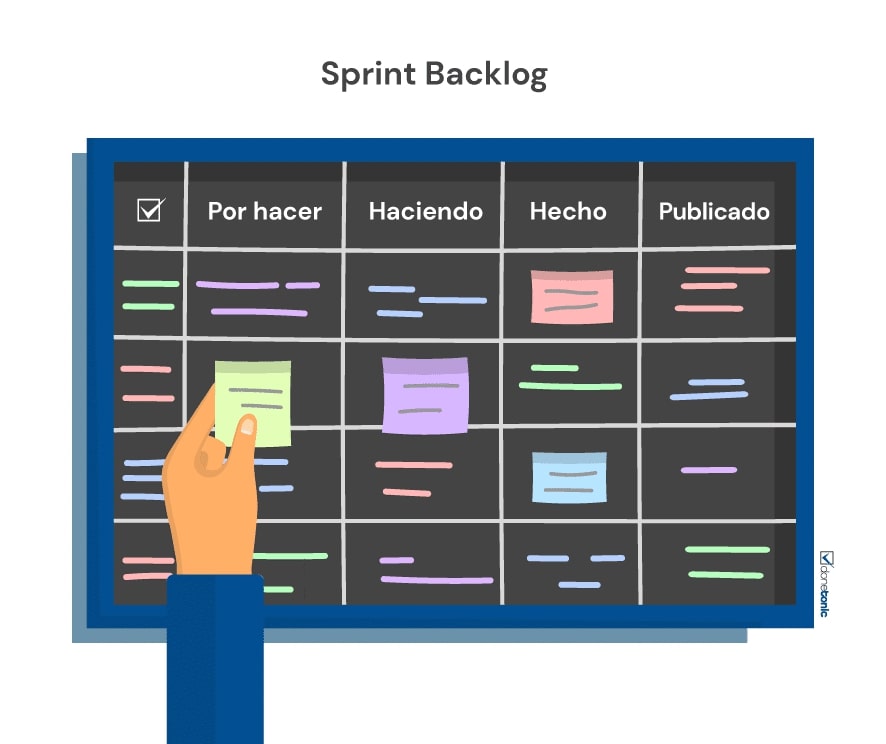Wondering whether the Agile team stand-up ceremony is worth it?
Agile is a form of project management that focuses on delivering a better overall product to clients and customers. Rather than thinking of each project as linear from point A to point B, the agile methodology breaks things down, ensuring that development teams regularly review their work output during four types of meetings, often referred to as agile ceremonies.
- Sprint planning meetings
- The daily stand-up meeting
- Sprint reviews
- Retrospectives
Below, we explore everything there is to know about daily stand-up meetings as well as ways in which your team must make the most of this informal-yet-practical group meeting.
To learn more via video, watch below. Otherwise, skip ahead.
What is a Stand-Up Ceremony for Agile Teams?
Unlike other types of agile ceremonies, daily stand-up meetings take place once per day as the first order of business in the morning.
Stand-up meetings must last no more than ten or fifteen minutes. They’re meant to be short and to-the-point, not an in-depth discussion about the project.
Keeping daily stand-ups short helps the meeting stay on point. And it also ensures that your team still has enough time left in the day to focus on getting work done.
During a stand-up meeting, a Scrum Master leads the group in discussing any completed work from the previous day. Teams must also discuss what everyone must work on for that given day.
Each team member must have a quick minute or two to discuss what they’re working on. This is meant as a way to keep everyone accountable and ensures that no two people participating in the project are working on the same thing at the same time.
In essence, the goal behind each stand-up meeting is to keep everyone on the same page and the current sprint on track for success.
Who Participates in a Daily Stand-Up?
While it is common for other Agile ceremonies, such as a sprint review, to involve external stakeholders, only those who are internally involved in a project participate in a daily stand-up.
Most times, this includes the product owner, a Scrum Master who leads the meeting, and the development team.
Why are Stand-Ups Important?
Daily stand-ups are vital to agile teams because they serve to keep all team members informed about what’s going on with a project.
At the same time, stand-ups aren’t meant to go into detail, which means they are informative but not necessarily formal.
Keeping things light-hearted and fun is also a great way to boost team morale and is another way to optimize the success of your team.
Like sprint planning meetings, sprint reviews, or retrospectives, the daily stand-up also ensures that every team member is accountable for their work.
Therefore, during daily stand-up meetings, the Scrum Master must ask questions and have each team member answer. A few good questions that Scrum Masters ask are:
- What did you work on yesterday?
- Did you complete any tasks yesterday?
- What do you intend to work on today?
- Are there any obstacles that prevent work from getting done?
- Is there anything else your teammates must know about?
Having to answer these questions in front of your coworkers is intimidating. However, it ensures that you do your best to get things done throughout the workday. After all, nobody wants to be the person who lags behind and never gets any work done.
Best Practices For Agile Team Stand-Up Meetings
Now that we know what a daily stand-up meeting is, let’s review a few simple tips and tricks to ensure your team makes the most out of its next daily Scrum meeting.
Stand, Don’t Sit
One of the worst things to do when conducting a daily stand-up is to bring the entire team into the conference room to sit down for the meeting.
While sitting does ensure that everyone is comfortable, daily stand-ups aren’t meant to take any longer than ten or fifteen minutes at most.
Keeping people on their feet also ensures that each team member is more alert and more willing to participate in the conversation.
Don’t Take Too Long
Again, daily stand-up meetings must always be short and sweet. Therefore, it’s in your best interest to make sure that a daily stand-up never lasts any longer than fifteen minutes.

Credits: Quick Scrum
As a Scrum Master, make sure to use a watch or set a timer to make sure the daily stand-up doesn’t last any longer than intended.
Make Sure Everybody Participates
Daily stand-up Scrum meetings must never consist of a single person talking the entire meeting. Instead, everyone must participate to bring the entire team up to speed. In part, this is why everyone must stand during the stand-up meetings.
That said, get creative and find other ways to keep everyone involved. For instance, some Scrum teams might toss a ball back and forth during the meeting to keep everyone alert and on their toes. Consider incorporating similar exercises to maintain engagement with team members and make the meeting as fun as possible.
Leverage Videoconferencing Tools
In today’s digital landscape, remote work has become extremely prevalent. If your team is remote, take advantage of the many tools and technologies that help to bring remote team members together.
Consider using Zoom, Google Meet, and Microsoft Teams since they are all SaaS products with built-in features that helps teams to maintain engagement. Just like an in-person daily stand-up, using these tools allows teams to come together once per day and discuss what you’ve accomplished or what you’re working on.
Use A Task Board
For every daily Scrum, the company selects one Scrum team member to be the Scrum Master. The Scrum Master’s goal is to ensure that the meeting stays on topic and doesn’t run into overtime.
Scrum masters optimize their daily meetings by using task boards to highlight the goal and other major insights from each team member.

Credits: Done Tonic
SaaS products such as Monday.com, Trello, and Notion are all tools that teams leverage to manage work and facilitate greater transparency and accountability on the job.
Agile Team Stand-Up Ceremonies: Key Takeaways
All in all, it’s crucial to understand that stand-ups aren’t just about getting everyone together to say good morning and gossip about last night’s happenings.
A daily stand-up meeting ensures that every team member is held accountable for what they’ve accomplished yesterday as well as how they intend to advance with their tasks and goals on a given day. Don’t discount these important agile ceremonies just because they’re short.
Remember, keep your stand-ups clear and concise, yet light-hearted and informal at the same time. Don’t forget to be creative on the job. That way, everyone stays engaged and committed to making the most out of the stand-up ceremony.
